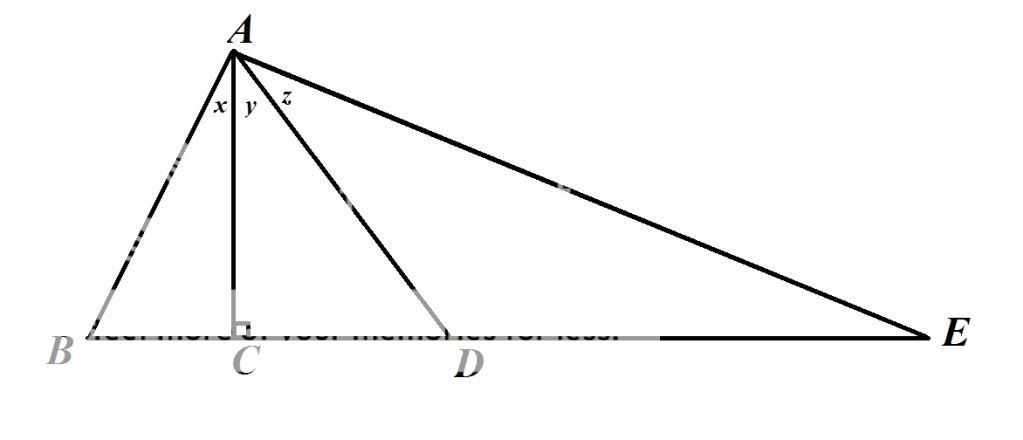Carrotsticks
Retired
- Joined
- Jun 29, 2009
- Messages
- 9,494
- Gender
- Undisclosed
- HSC
- N/A
Figured this would be a good way for some students to practise problem solving skills.
I'll release a question every day or so and if the problem requires a technique/formula outside the syllabus, I will tell you what that formula is.
Consider the following diagram.
AC is perpendicular to BE and D is the midpoint of BE.
Show that x = z if and only if Angle BAE is 90 degrees.

I'll release a question every day or so and if the problem requires a technique/formula outside the syllabus, I will tell you what that formula is.
Consider the following diagram.
AC is perpendicular to BE and D is the midpoint of BE.
Show that x = z if and only if Angle BAE is 90 degrees.


